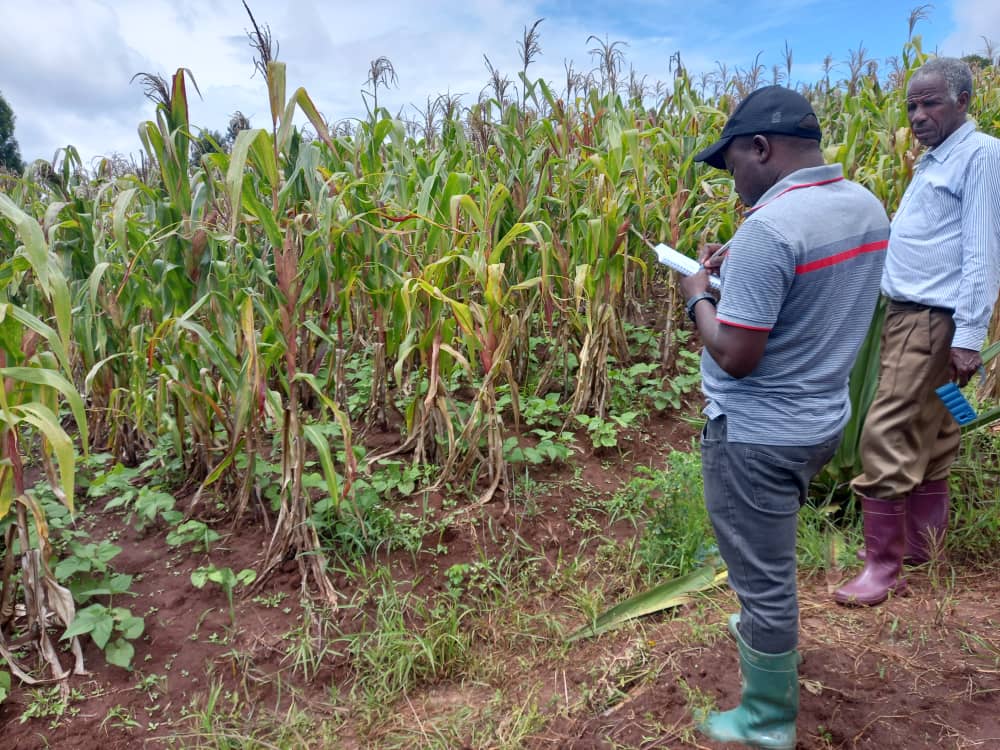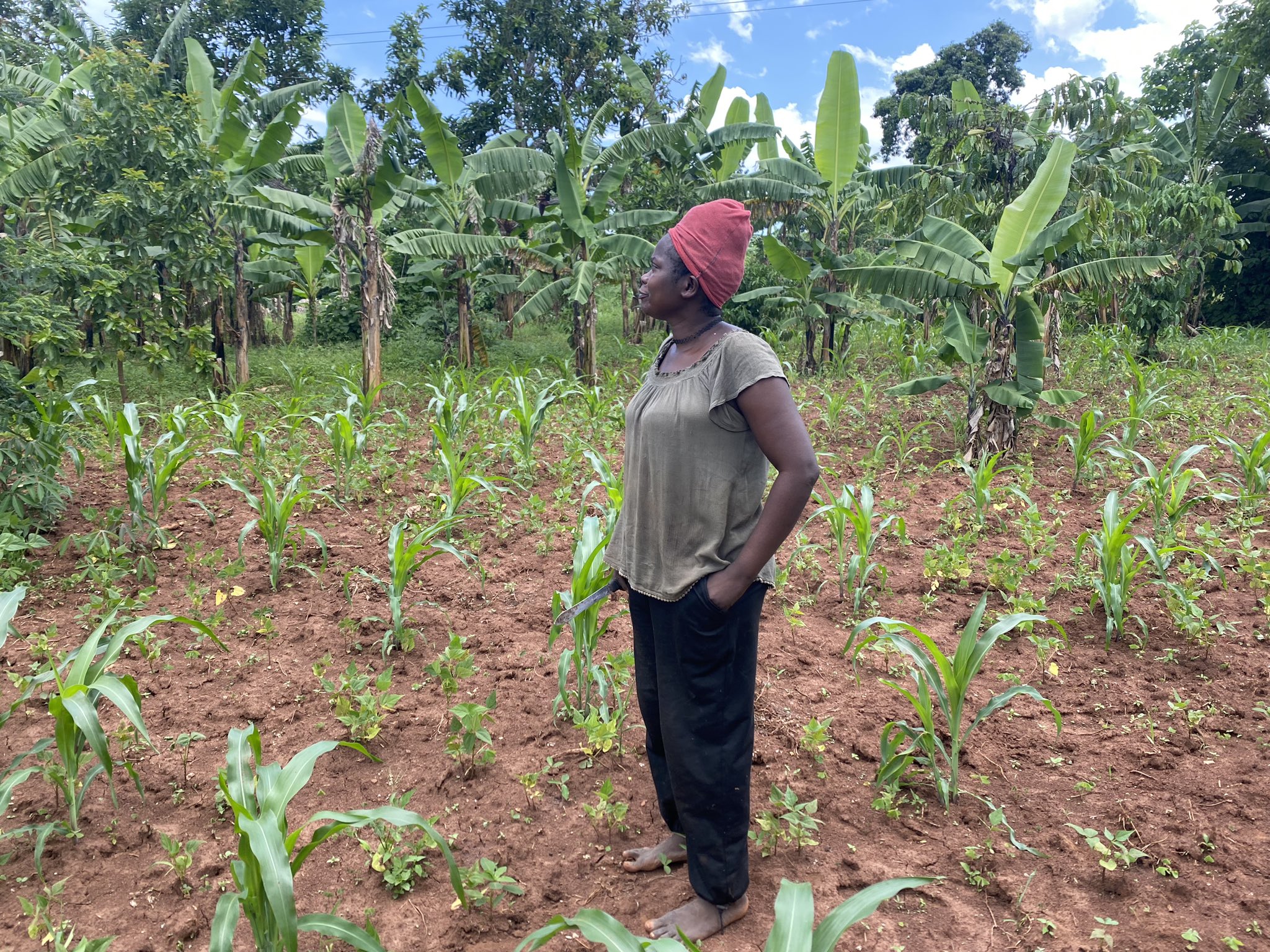Home › Forums › A SECURITY AND NEWS FORUM › FEEDING AFRICA: HOW SMALL-SCALE IRRIGATION CAN HELP FARMERS TO CHANGE THE GAME
- This topic is empty.
-
AuthorPosts
-
2023-04-29 at 19:36 #402139
 Nat QuinnKeymaster
Nat QuinnKeymasterFEEDING AFRICA: HOW SMALL-SCALE IRRIGATION CAN HELP FARMERS TO CHANGE THE GAME
Sat 29 Apr 2023:
Unlike large-acreage government irrigation schemes, small-scale irrigation is typically farmer led. Farmers decide what technologies to use to extract water, be it manual lifting or solar water pumps. They also choose the mode of irrigation, whether by buckets or drip kits. Farmers purchase, run and maintain the operation themselves on their own farms or as part of small groups of farmers.
Small-scale irrigation can help smallholder farmers to increase agricultural productivity and incomes. It can be scaled quickly and without large public investments. For these reasons, it can contribute more rapidly to the achievement of national agricultural and development goals, compared to large irrigation schemes.
Currently, less than 5% of cultivated land in sub-Saharan Africa is irrigated. The reliance on rainfed agriculture prevents farmers from cultivating high-value nutritious crops that often need large amounts of water that are applied more frequently. Some vegetable crops consist mostly of water, for example, tomatoes or cucumbers, and their yield and quality deteriorate rapidly under water stress.
Rainfed agriculture limits smallholder production and profitability, particularly under climate change. It is therefore associated with higher food insecurity, poor diet quality, and high seasonal variability in diets.
Small-scale irrigation can improve nutritional outcomes in several important ways. It increases food production in the dry season and also incomes. Extra income enables the purchase of healthy and diverse diets year round.
Evidence for the nutrition benefits of irrigation in Africa remains limited, however. One reason is that irrigated agriculture covers only small areas. In addition, nutritionists have largely focused on micronutrient supplementation or infant and young child feeding practices. And irrigation systems are mostly developed and analysed by engineers who do not consider linkages to nutrition in their work.
Our recent research, drawing on data from Tanzania and Ethiopia, has developed richer evidence of these important linkages. Our work, part of a broader project, provides the first strong evidence of the relationship between small-scale irrigation, food security, diet quality and nutrition. Small-scale irrigation contributes to the resilience of smallholder producers by preserving their food security and nutrition during times of drought.
These findings provide reasons for policymakers to support small-scale irrigation expansion.
What we found
We started by exploring the relationship between small-scale irrigation and women’s dietary diversity in northern Ethiopia. Women’s dietary diversity is a measure of quality of food access, defined as the consumption of different food groups over the previous 24 hours. Food groups include (1) grains, white roots and tubers and plantains; (2) pulses; (3) nuts and seeds; (4) dairy; (5) meat, poultry and fish; (6) eggs; (7) dark green leafy vegetables; (8) other vitamin A-rich fruits and vegetables; (9) other vegetables; and (10) other fruits. Increased dietary diversity is an intermediate indicator of nutrition.
We found that women’s diets in that region were generally poor and identified high seasonal fluctuations in diet quality. We also found that compared to non-irrigators, women in households with small-scale irrigation had better dietary diversity and irrigation can help offset the seasonality in dietary quality of women.
In a further study we focused on larger areas in Ethiopia and Tanzania. We found that the effects of irrigation on women’s diet adequacy were even stronger among households that had faced at least one drought in the previous five years. In Tanzania, drought-affected households that used irrigation also had higher household dietary diversity. This suggests that small-scale irrigation is also a successful climate change adaptation strategy.
In the same study, we also explored the impacts of irrigation on child nutrition. We used standard measures like weight-for-height deviations, also known as wasting, which is a measure of acute malnutrition.
In Ethiopia, irrigation improved weight‐for‐height measures of children under five. In Tanzania, it did so in households that reported having faced drought. These effects of irrigation on the weight-for-height scores of young children in both countries were substantial. But there no significant impact on children’s linear growth. This is not surprising as chronic malnutrition, or stunting, occurs over the long run. It is challenging to address through a single intervention such as irrigation.
Boosting the impact
The benefits of irrigation clearly extend far beyond increasing agricultural productivity and incomes. Irrigation should, therefore, be promoted as a nutrition intervention, in addition to its potential for higher yields, incomes and employment. This is especially important for areas prone to recurring and severe drought.
Our findings suggest that irrigation’s benefits can be increased in three ways:
Women’s empowerment: Women play a key role in agricultural production and also in preparing healthy foods for their families. For better results, women should be able to participate in and benefit from irrigation interventions. They should have greater input into decisions about technology and crop choice, and control over irrigated output.

Irrigation interventions and investments should be designed and implemented in ways that address local gender inequalities.
Addressing nutritional deficiencies: Policy makers should promote irrigated foods that not only generate income but also address local nutrient deficiencies. An example is orange-fleshed sweet potatoes, which are rich in vitamin A. Another is fruits and vegetables. Small-scale irrigation technology can also be used to grow livestock feed and boost dairy production. It can support livestock watering, such as for poultry and egg production.
Delivering the message: Agriculture extension workers and community health workers currently work in isolation. There’s a strong case for working jointly to deliver messages about irrigated production, safe and effective storage practices and healthy diets.
Finally, agencies guiding small-scale irrigation investors need to define specific outcome indicators. These should relate to food security, nutrition, health and gender equality. Regular monitoring and evaluation of these is essential to track progress and to determine which approaches are most effective under which conditions. This would allow policymakers and implementing partners to deepen the impacts of irrigation on nutrition in smallholder communities that are most affected by the climate emergency.
SOURCE:FEEDING AFRICA: HOW SMALL-SCALE IRRIGATION CAN HELP FARMERS TO CHANGE THE GAME (independentpress.cc)
-
AuthorPosts
- You must be logged in to reply to this topic.




